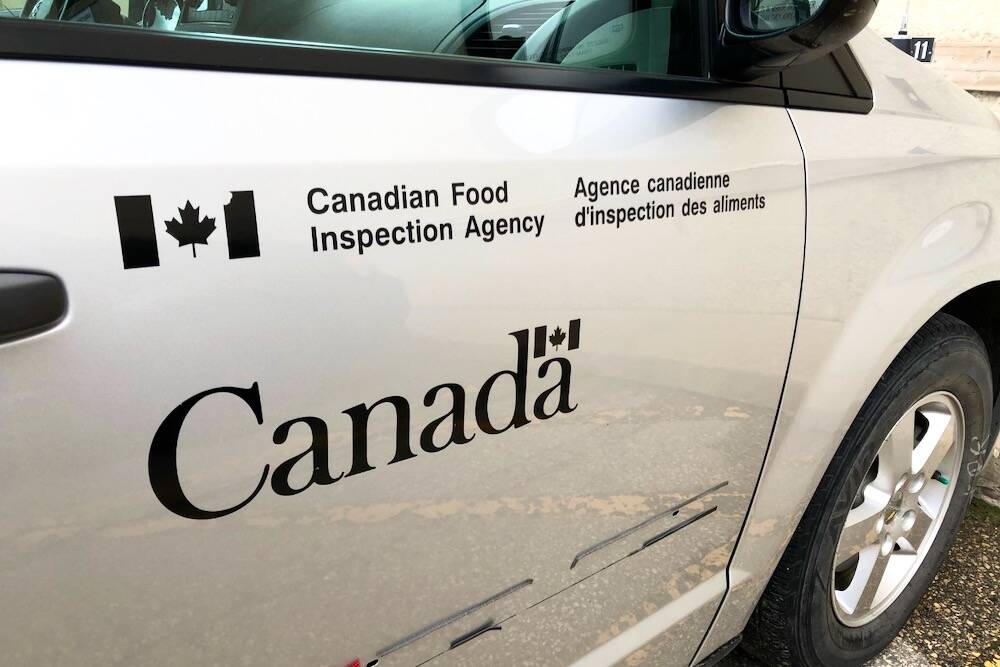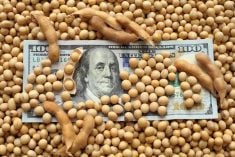Glacier FarmMedia | MarketsFarm — Rainfall and isolated thunderstorms provided variable precipitation across Manitoba during the week ended July 6, said the province’s weekly crop report released on July 8.
While some areas received little to no rainfall, other places saw more than 60 millimetres, including Windygates in the central region (72.4 mm), Ninette in the southwest (62 mm) and Zhoda in the east (54 mm).
Northwestern and eastern Manitoba, as well as the Interlake, have large areas where accumulated precipitation since May 1 is below 50 per cent of normal. Most of central Manitoba and the southwest are at 70 per cent or less, while some places received more than 80 per cent of the 30-year average.
Read Also

B.C. ostriches culled, CFIA confirms
Ostriches on an embattled Edgewood, B.C. farm have been culled after a prolonged legal battle, the Canadian Food Inspection Agency has confirmed.
Spring wheat quality was rated at 90 per cent good to excellent across the province with the Interlake showing the best rating at 60 per cent excellent. The earliest seeded spring wheat is in anthesis. Meanwhile, winter wheat and fall rye are in the grain fill stage, while most corn fields are in the V8 to V10 stages. Barley and oats range from stem elongation to head emergence. Fungicide applications to prevent Fusarium head blight are still ongoing.
A long seeding window meant the earliest seeded canola is in full flower while late-seeded canola is in the four-leaf stage to rosette. Also, the earliest seeded flax fields are flowering while late-seeded fields are up to 15 centimetres tall and are budding.
Field peas have flowered in most areas, with the earliest seeded fields having progressed to the R2 and R3 stages and beginning to pod. Soybeans planted early are in the R1 and R2 stages, while those planted later are in the V3 to V5 stages.
Pasture conditions vary across the province, with dry and grasshopper-damaged areas found in the east, southwest, the Interlake and the Rural Municipality of Kelsey in the northwest. Beef hay quality has been good in areas with sufficient moisture, but some fields in the east, Interlake and the RM of Kelsey are seeing yields as low as 25 per cent of normal. While some dairy producers in eastern Manitoba are anticipating a second cut of hay, others in the Interlake don’t expect one unless there is substantial rainfall. Corn for silage is faring well, even in drier areas.
Cattle on pasture are in good condition, but fly pressure and foot rot were observed. Water levels in dugouts and natural waterways are lower than normal, with some at 50 per cent capacity.















